Australia’s engineering sector stands at a pivotal moment. The federal government’s 2035 emissions reduction target of 62-70% below 2005 levels presents an ambitious yet achievable commitment, placing engineering firms at the forefront of the nation’s most critical climate projects.
However, this opportunity comes with immense pressure. While Australia’s renewable energy and infrastructure pipelines are robust, the real risk lies in a delivery crunch.
Engineers must focus on delivering this pipeline on time and within budget, because the reality is that Australians will unfortunately bear the brunt of poor planning and delayed infrastructure.
This puts additional pressure on firms, and findings from Projectworks’ recent report reveal a majority are unprepared for the rapid pace of growth ahead.
Many firms are still running on antiquated systems. Disconnected spreadsheets and gut feel leading to missed deadlines, projects running over budget, misallocation of skills, and inevitably a compromised reputation.
To realistically meet the 2035 target, engineering firms need to move beyond guesswork and embrace data-driven decision-making.
What does strategic planning for these critical climate projects look like?

Image: Projectworks
It begins with a single source of truth. Engineering firms must unify their project, people, and financial data into one system. This eliminates the need for manual, error-prone data entry and provides real-time visibility.
When project managers can see a complete picture of a project’s health at a glance, from resourcing availability to budget burn, they can spot issues before they escalate. This project intelligence is the foundation for scaling successfully.
Firms must optimise their most valuable asset, their people. Considering the persistent talent and skills gaps facing the industry, it’s critical that engineering firms maximise the performance of their existing teams.
This means intelligently assigning the right consultants to the right projects, ensuring that billable hours are maximised while also preventing employee burnout.
Technology can streamline this process, allowing firms to quickly identify and deploy the right people, ensuring that specialised skills are not left on the bench. For example, a firm designing large-scale solar infrastructure needs to be able to instantly see who has expertise in battery storage or grid integration and when they’ll be available. Without this clarity, a single skills gap can halt a multi-million-dollar project.
Finally, effective planning requires the ability to see the future. In the volatile world of large-scale infrastructure and renewable projects, accurate forecasting is non-negotiable.
Firms need to forecast revenue and risk in real-time to make informed decisions. Advanced Professional Services Automation (PSA) software is transforming this process.
By connecting pipeline, resourcing, time and expense tracking, and invoicing, these systems provide live reports on predictive performance metrics like projected budget burn and margin at project-end. These early warning signals give leaders the chance to course-correct before a project overruns, protecting profits instead of scrambling after the damage is done.
Treating project data as a competitive asset
Achieving the 2035 target requires more than just smart software, it demands a strategic shift toward project intelligence. This means treating project data not as an administrative burden, but as a competitive asset.
The firms that win the biggest tenders and execute with the highest margins are those who can leverage historical performance data by seeing precisely which projects, managers, or skill sets drove profitability in order to inform their strategy today.
By integrating this intelligence, engineering leaders can proactively pivot and rapidly adapt to regulatory changes, and confidently bid on the complex, long-term renewable projects that Australia’s energy future demands.
The path to 2035 – Success won’t go to the biggest, but the smartest
The 2035 emissions target is a defining call for the Australian engineering industry. The firms best placed to succeed will not necessarily be the biggest, but the smartest, using technology to gain clarity, control, and insight.
Mastering delivery is the key to navigating these high-stakes realities, allowing firms to turn operational excellence into a competitive advantage.
By moving away from a reactive, spreadsheet-based approach to a proactive, data-driven strategy, Australia’s engineering firms can not only help the nation achieve its climate goals but also secure their own long-term growth, sustainability and profitability.
Historically, firms that have been able to successfully deliver through such intense moments of pressure have almost always emerged as global industry leaders, achieving a massive compounding scale in revenue and societal impact.
This same transformative opportunity is now in front of the entire Australian engineering industry, but only a select few will truly take hold of it. The choice is clear and the time for action is now.
Author: Projectworks Chief Executive Officer Mark Orttung
The views and opinions expressed in this article are the author’s own, and do not necessarily reflect those held by pv magazine.
This content is protected by copyright and may not be reused. If you want to cooperate with us and would like to reuse some of our content, please contact: editors@pv-magazine.com.

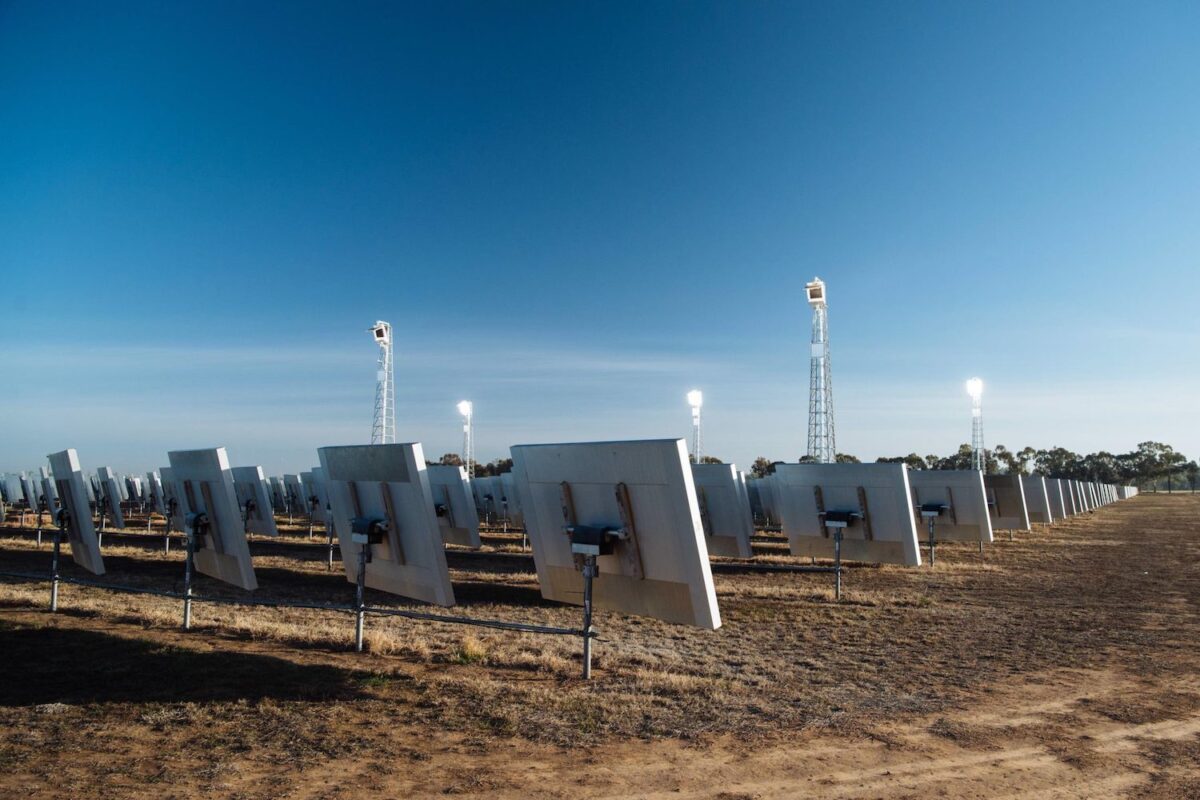

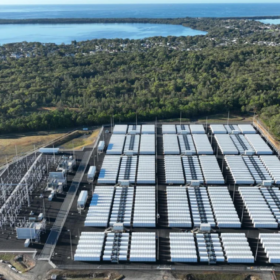
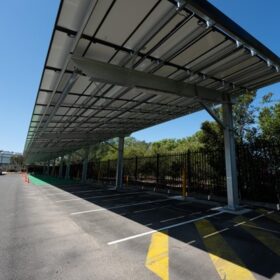
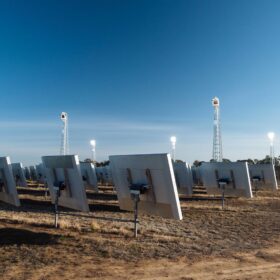
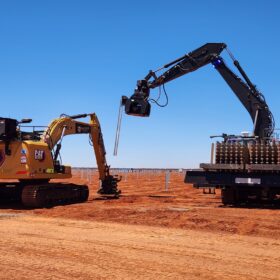
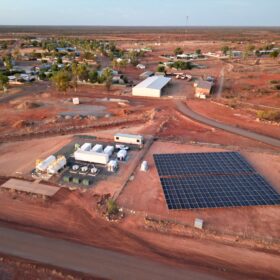
By submitting this form you agree to pv magazine using your data for the purposes of publishing your comment.
Your personal data will only be disclosed or otherwise transmitted to third parties for the purposes of spam filtering or if this is necessary for technical maintenance of the website. Any other transfer to third parties will not take place unless this is justified on the basis of applicable data protection regulations or if pv magazine is legally obliged to do so.
You may revoke this consent at any time with effect for the future, in which case your personal data will be deleted immediately. Otherwise, your data will be deleted if pv magazine has processed your request or the purpose of data storage is fulfilled.
Further information on data privacy can be found in our Data Protection Policy.